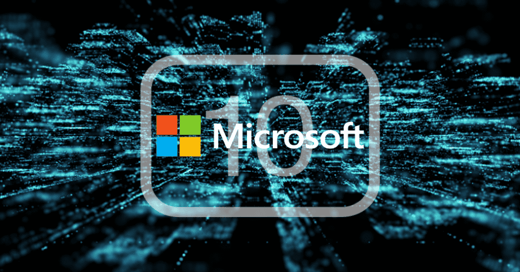According to US-Cert, July 14th, 2015 is the End of Life date for Microsoft's Support of Window Servers 2003 Operating System. Bottom line, there will be no further information security updates to the system. Bit9 estimates that 2.7 million servers will still be running the OS on July 15th of this year [2].
Additionally, organizations will not be able to rely on Microsoft's technical support assistance, content, or any software updates.
To complicate things even further, users will not receive the all-important deployment of security patches that help to protect their IT infrastructure from harmful viruses, spyware, and other malicious software.
Planning Your Windows 2003 Server Security Strategy
Chances are there are reasons you are still maintaining this system, however, you take the very real chance of putting your applications and business at risk. There are options available to protect these systems in place without interrupting ongoing operations.
Think about the following for a moment: none of the new threats will be addressed. Due to the popularity of these assets as targets, new threats can still proliferate for those that are still deployed. This translates into a situation that leaves your Windows 2003 Server systems in a very dangerous position since they will become a security risk and compliance nightmare. Time is of the essence because it's not worth leaving yourself open to this type of security and financial risk, disruption, stress, and potential legal fees. Perhaps it is time to begin to figure out a security strategy that can keep your IT infrastructure safe for a while longer.
While we're on the subject of End of Life deadlines, let's touch on Windows XP which is still in use as well, although it finally hit End of Life a while back. This is an added challenge. While the OS has been in decline since it was supporting was officially dropped, a significant number are still deployed and apparently, systems are still being brought online as recently as February 2015[3]!
Get Out in Front Before the Deadline
The choices you make in dealing with these threats and changes will not only have an immediate impact on your business, staff, resources, and network security, but they can also have a direct impact on your future. This is only compounded when considering new information security threats that may emerge in the near term if you don't make the right decisions now.
So, how do you securely maintain these systems? There are a very limited number of options when it comes to protecting them if migration is not an option. CimTrak can monitor these Windows legacy systems for unauthorized changes and alert your IT staff when monitored files are read.
Let us tell you how to implement the CimTrak solution in order to secure your legacy Windows systems by getting in contact with one of our representatives.
References:
[1] https://www.us-cert.gov/ncas/alerts/TA14-310A
[2] http://www.itworld.com/article/2916533/security/still-running-windows-se...
[3] http://www.lifehacker.com.au/2015/02/windows-xp-still-refuses-to-die/
Tags:

June 18, 2015



